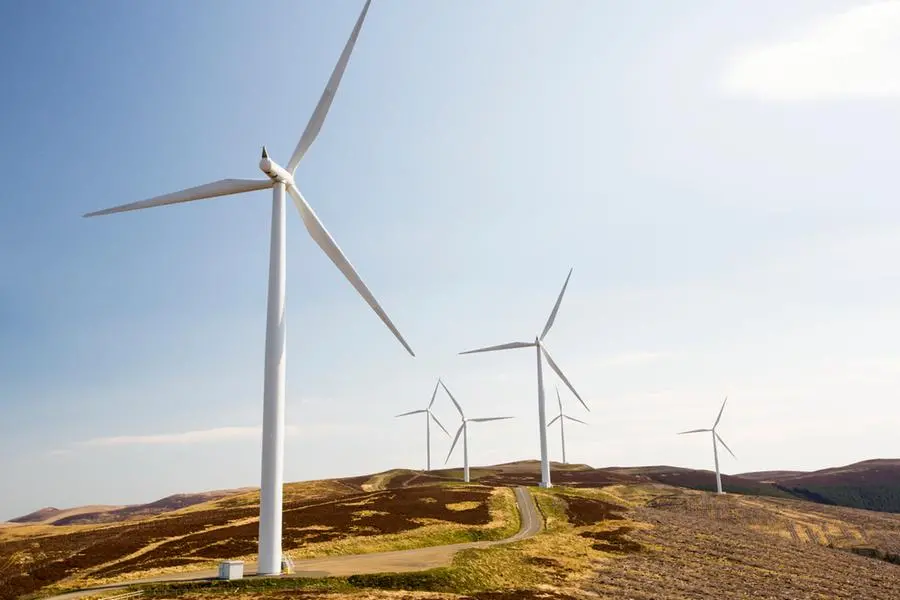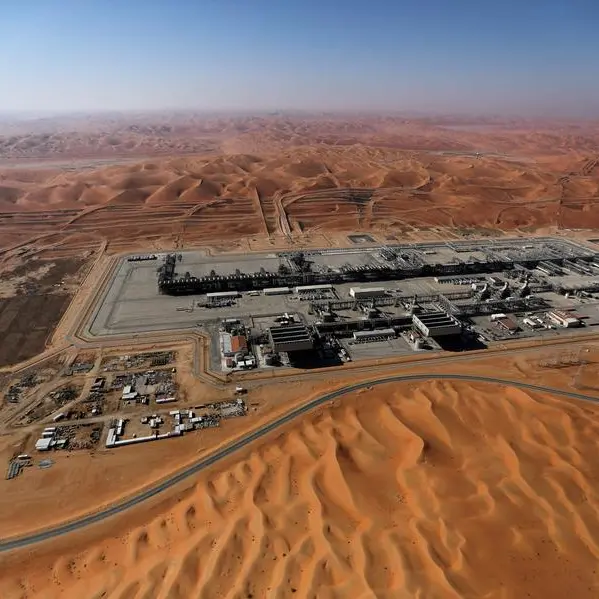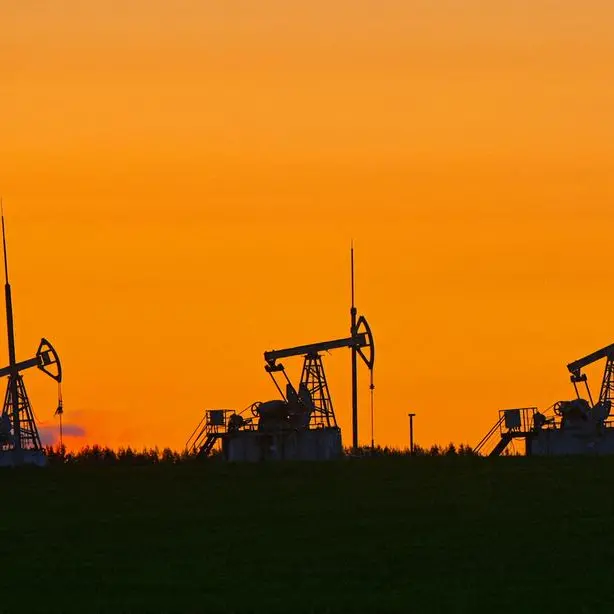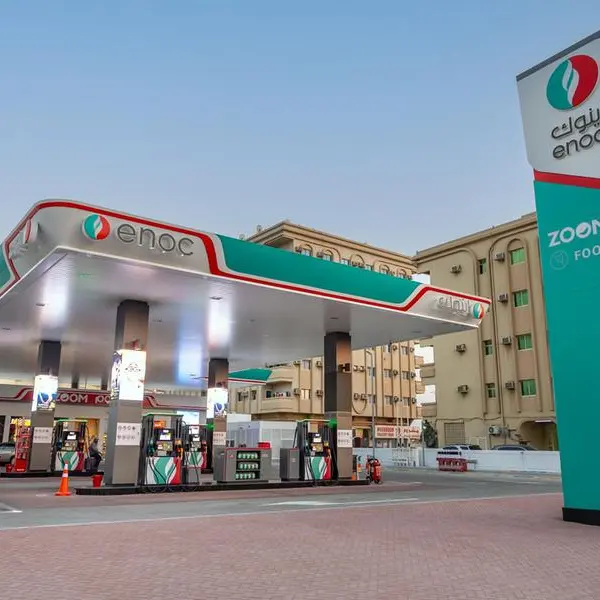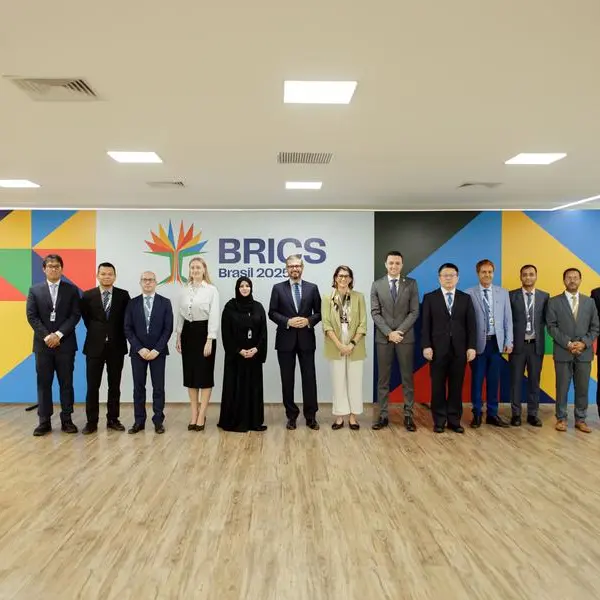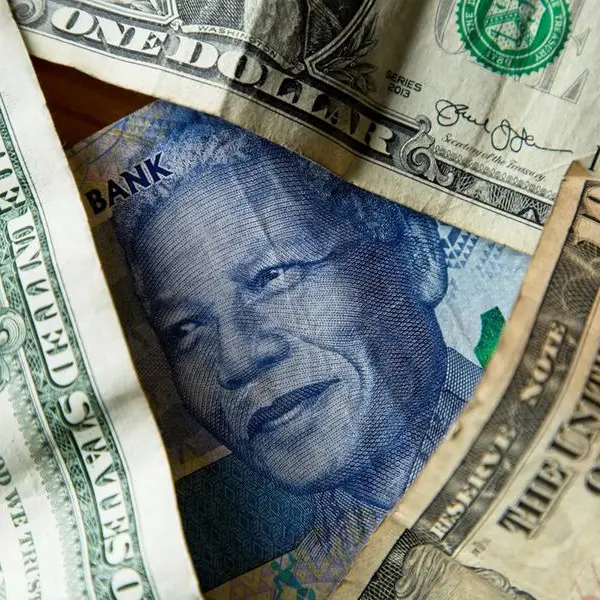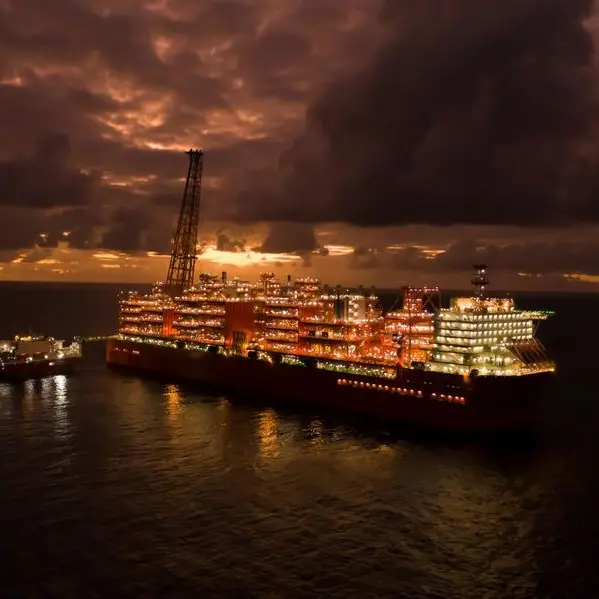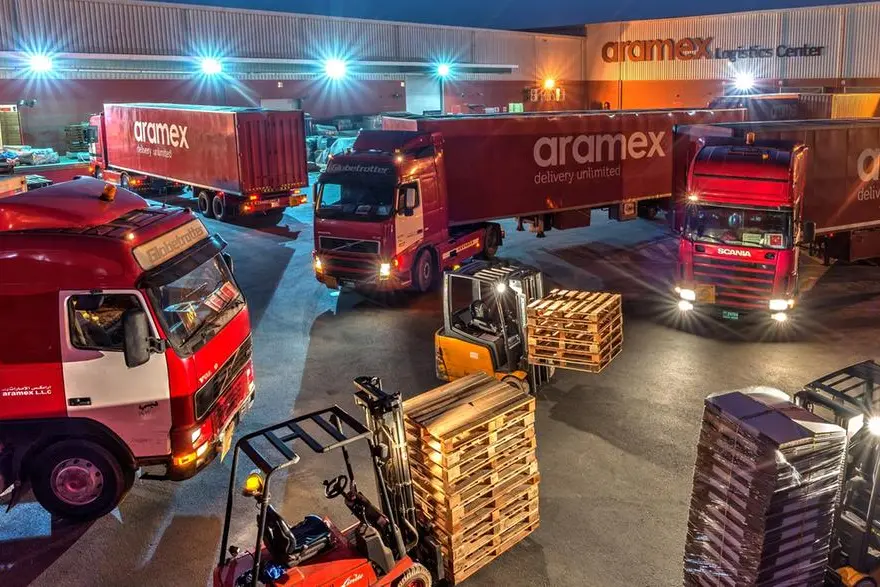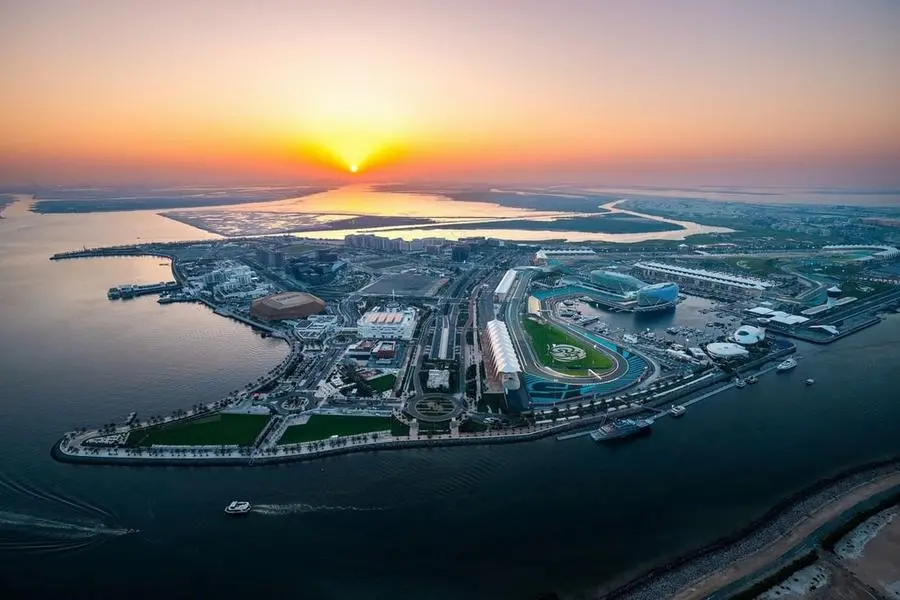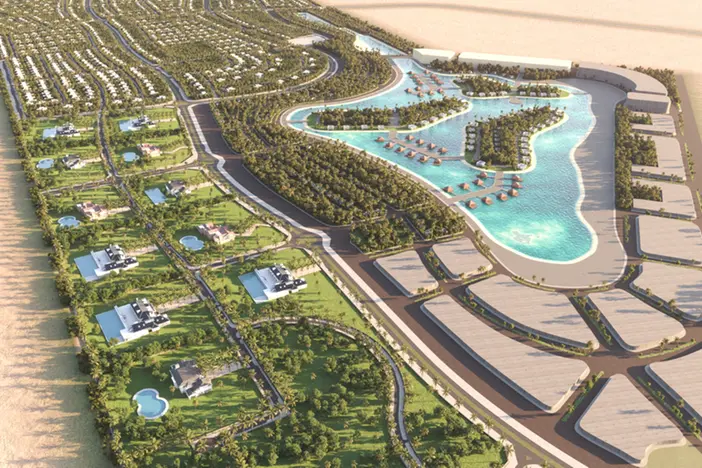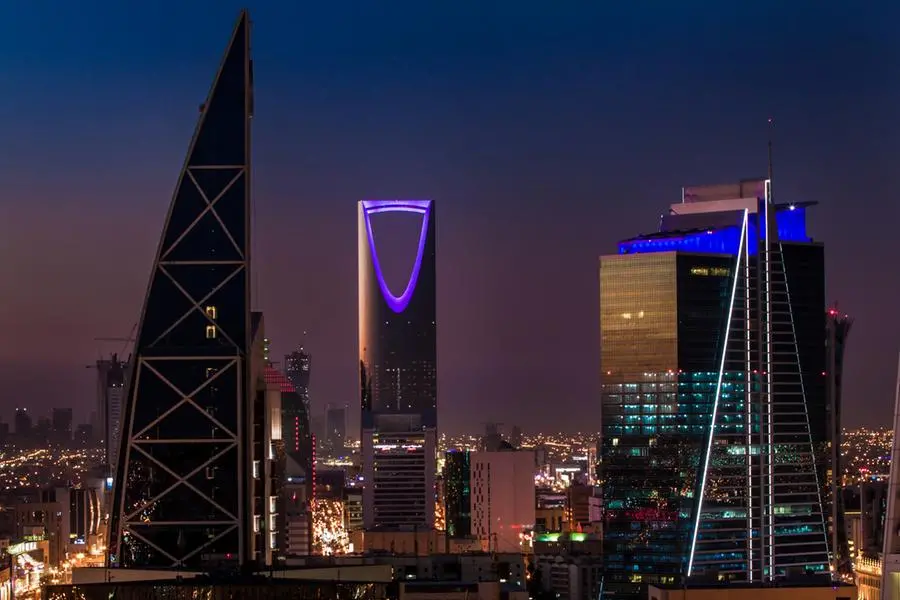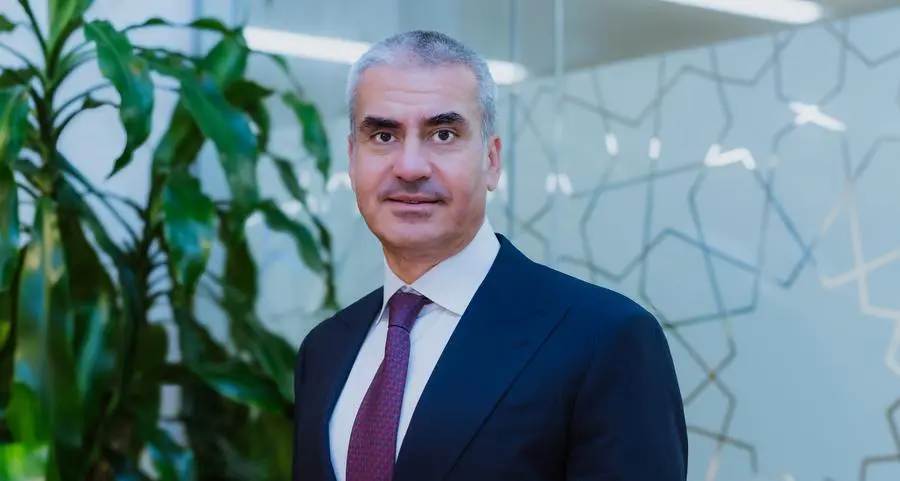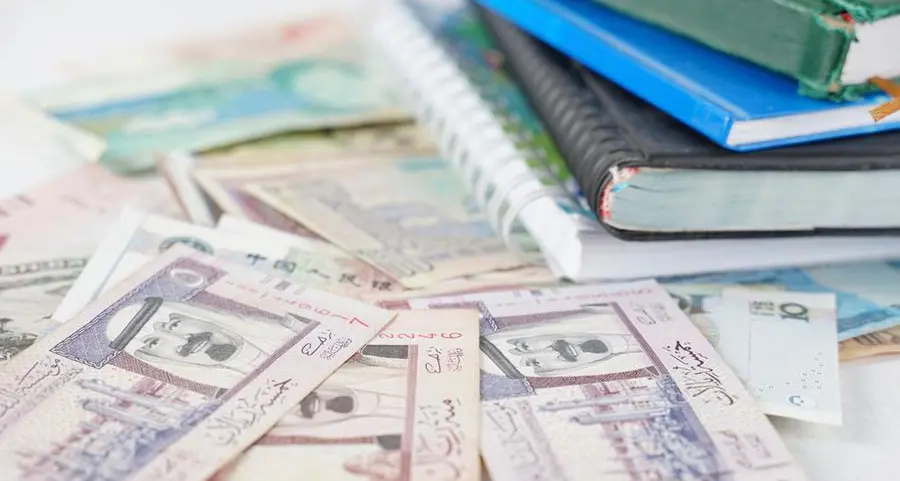PHOTO
The Clyde Wind Farm in the Southern Uplands of Scotland near Biggar. Getty Images
Muscat: A new report by the Global Wind Energy Council (GWEC), representing the international wind energy industry, has listed the Sultanate of Oman among a select handful of countries in the Middle East and North Africa (MENA) region with promising wind resources – onshore and offshore – for green energy development.
The ‘Global Offshore Wind Report 2024’, released by the Brussels-based organisation, however notes that offshore wind development in the MENA region remains largely untapped despite ambitious commitments by countries in the region to transition away from fossil fuels.
“Given the weather conditions and geographical location, the Middle East is often positioned as an ideal spot for solar developments, at times overlooking its equally significant wind potential. However, it is important to note that countries such as Saudi Arabia, Morocco, Egypt, and Oman boast significant wind potential, in both onshore and offshore locations,” GWEC stated in its report.
It noted however that given the larger investments involved in offshore wind and the readily available onshore locations in most of the Middle East, the region has yet to see any real development of its offshore wind market.
For its part, the Sultanate of Oman has chalked out substantive plans to harness its wind resources – entirely onshore for now – to generate electricity, alongside solar energy development, in support of its domestic power needs. It also envisions the need for an estimated 6,000 wind turbines (alongside 40 million solar panels) to support the production of a targeted 1 million tonnes of green hydrogen per annum by 2030. All of this wind capacity is expected to be developed onshore.
Omani authorities, while acknowledging the significant potential of Oman’s offshore wind capacity, have stressed that this huge resource will likely be tapped if required only in future phases of the country’s green energy development.
According to the Global Wind Energy Council, current offshore wind capacity accounts for a minuscule proportion of the total offshore wind potential of around 1,400 GW in the Middle East.
“The wind industry is considered a nascent industry in the Middle East, with only a few champion countries, such as Morocco and Egypt. The significant potential of offshore wind indicates that there may (and should) be development in the Middle East region. However, this depends greatly on the investment environment, national regulations, and permitting procedures, as well as the availability of a skilled workforce with experience in this industry,” it explained.
Globally, 10.8 GW of new offshore wind capacity was added to the grid last year, raising the total global offshore wind capacity to 75.2 GW by the end of 2023. It represents a 24 per cent increase in capacity over the previous year, making 2023 the second-highest year in offshore wind history.
Highlighting the importance of offshore wind development, GWEC’s Chief Strategy Officer Rebecca Williams added: “This global industry must now ‘chart a course’ for the growth that lies ahead ... It is imperative that our efforts are laser focused on bringing online the swathe of projects scheduled to be in the water by 2030, while simultaneously laying down a strong framework for the vast bulk of offshore wind which will be deployed in the 2030s. Our 2024 report aims to support industry and policymakers in achieving these goals. At the global scale, we have just 7 years to hit the 380 GWs of offshore wind needed to stay on a 1.5°C trajectory. There is no time to lose.”
2022 © All right reserved for Oman Establishment for Press, Publication and Advertising (OEPPA) Provided by SyndiGate Media Inc. (Syndigate.info).
